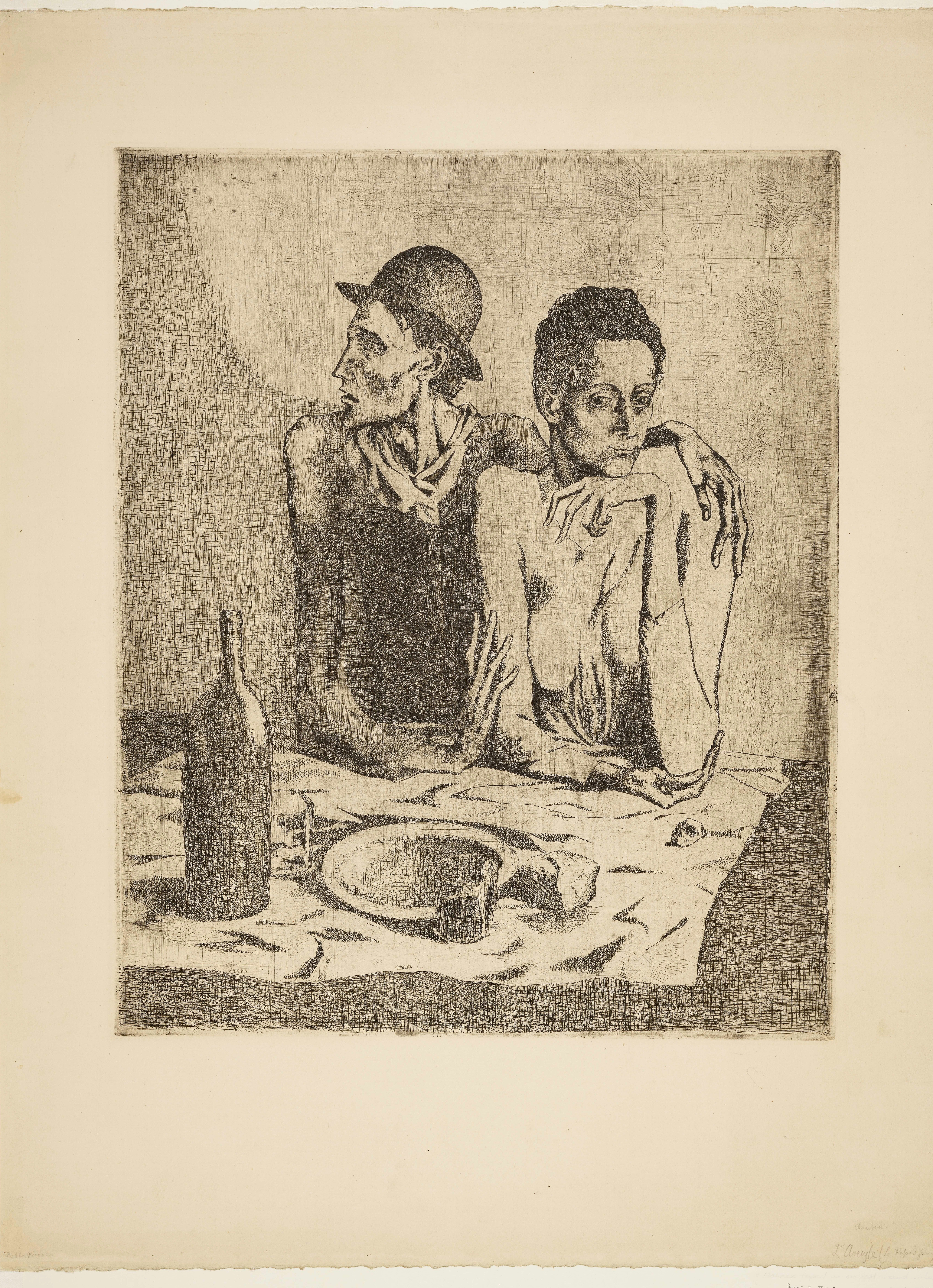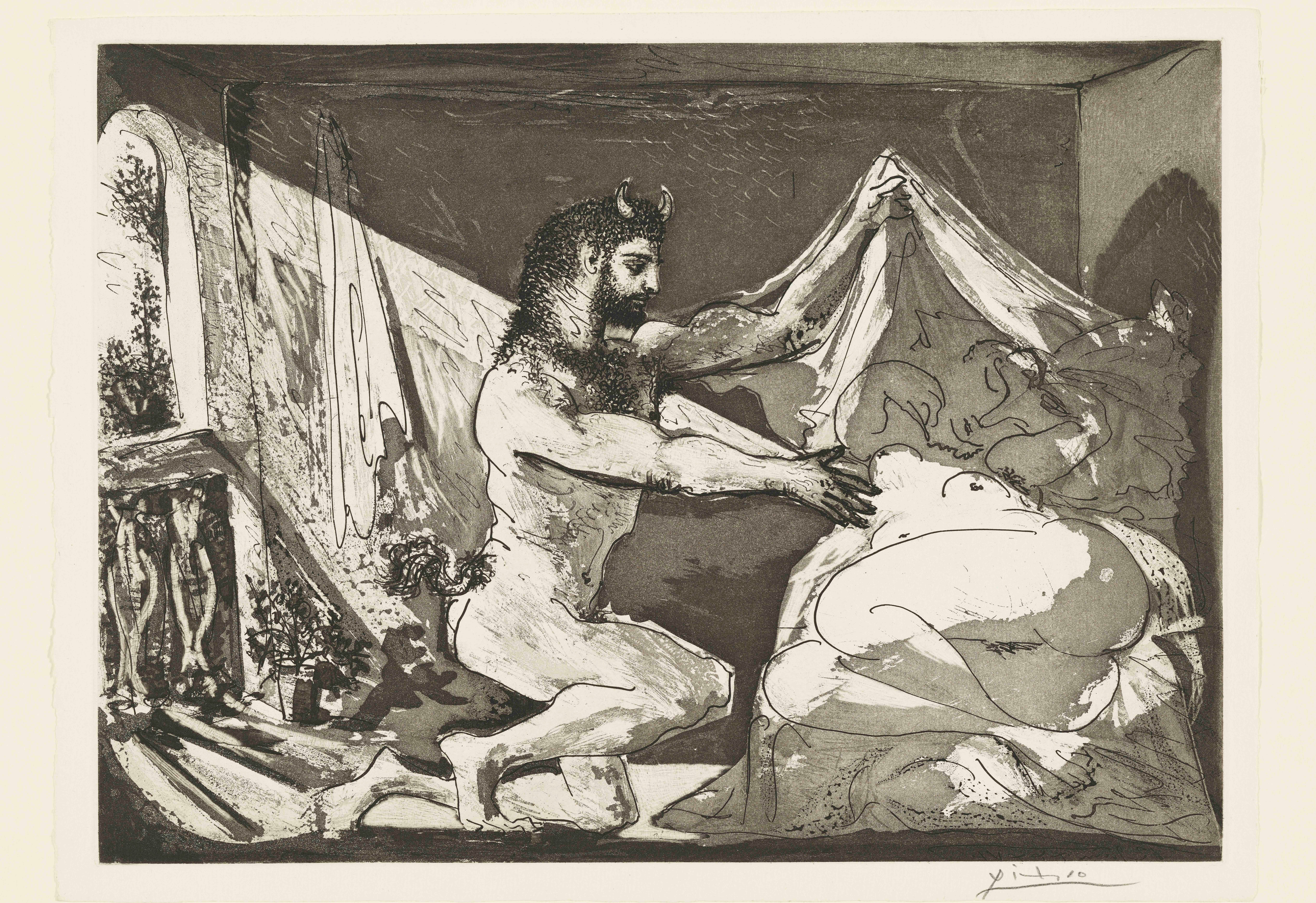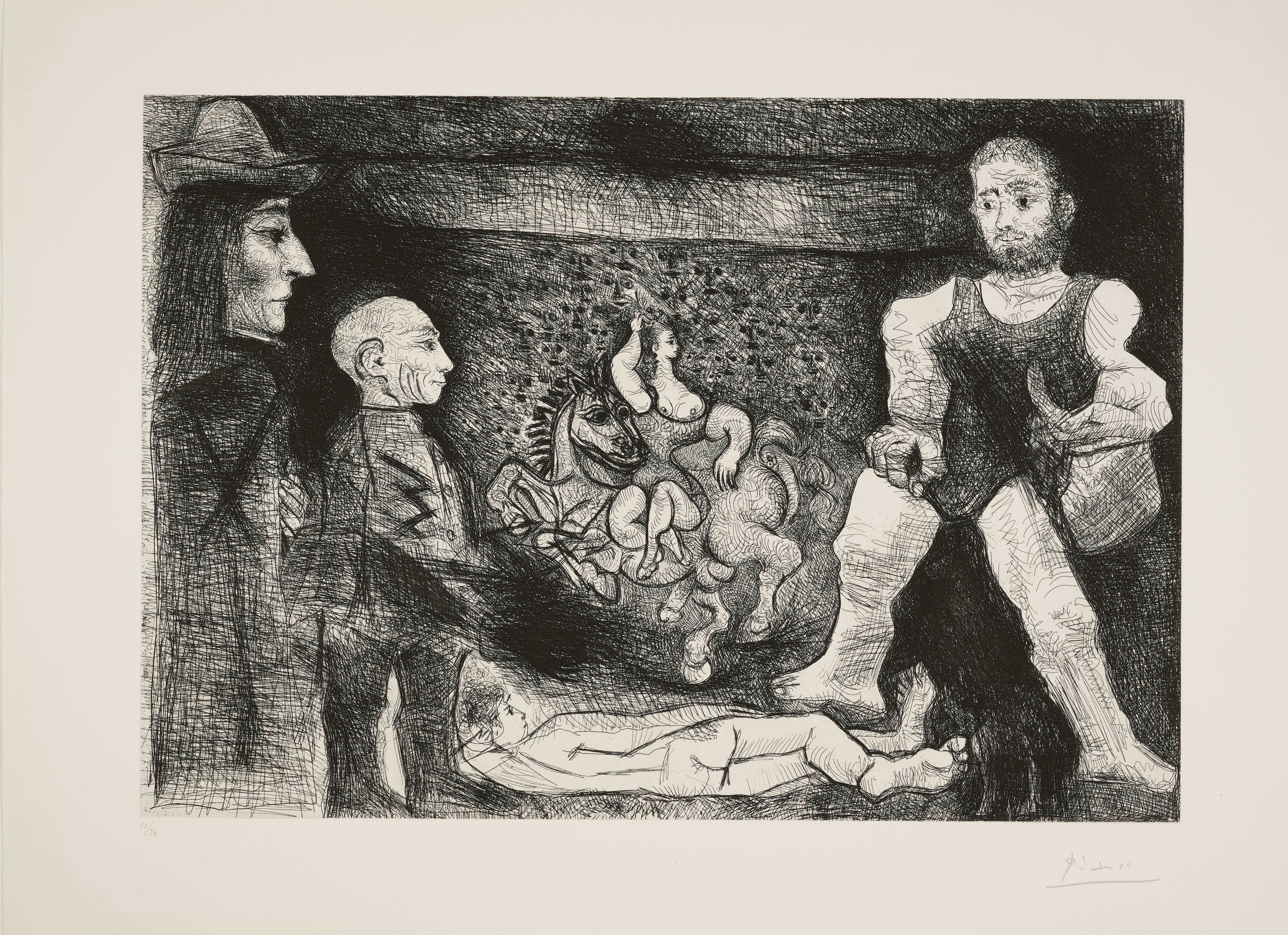A large collection of print works by Pablo Picasso, set to go on display at The British Museum, will offer new insight into the life and mind of the most celebrated 20th century artist.
With works spanning from his career start in 1904 to the final years of his life in the 1960s, Picasso: Printmaker reflects the artist’s extraordinary vision, as well as the darker aspects of his imagination.
Picasso was one of the “most creative and influential” talents ever to explore the medium of print, said curator Catherine Daunt, who selected the some 100 works on display for the exhibition.
“There’s a misconception that prints are copies of paintings,” she said. “But they are original works in their own right and Picasso completely understood that.
“You can see, from the variety of techniques he used, [lithographs, linocuts, aquatints, drypoints and etchings] the vast possibilities there are with printmaking.”
The exhibition opens on Picasso’s first print as a professional artist in 1904, when he first moved to Paris from Barcelona. The Frugal Meal depicts an emancipated couple in a cheap drinking tavern – a key work from his Blue Period, during which he lived in relative poverty amongst alcoholics and circus performers.
Picasso: Printmaker’s second section “Between the Wars” includes the Vollard Suite, a set of 100 etchings made from 1930 to 1937, which reflects Picasso’s often carnal interest in Greek and Roman mythology.

“Some of the prints are viewed as being very troubling,” Daunt said of the works’ dark themes, which were created during Picasso’s affair with his younger mistress Marie-Thérèse Walter and the subsequent breakdown of his marriage to his first wife Olga Khokhlova, who left and took their son Paulo.
“We know that Picasso identified himself with the Minotaur,” said Daunt of the sex and power on display. “There are scenes where the Minotaur is really brutal. Scenes of sexual violence. But then, towards the end of the suite, you get scenes of the Minotaur being really vulnerable. Blinded. Walking with a stick.
“I think that just reflects the complexity of Picasso’s life and emotions.”
Following the Second World War, as Paris became alive again following the city’s liberation, Picasso sought a new challenge in the form of lithographs, which involve drawing onto stone or metal with an oil-based crayon or ink. “Picasso had relentless curiosity and creative activity,” said Daunt. “He was always interested in finding a new creative challenge. Something different from paintings or sculptures.”

This feverish productivity continues into the exhibition’s fourth section “Linocuts”, where the large exhibition’s large tri-toned Still life under the lamp is placed, and explodes in the final room, where the largest number of prints ever exhibited from the artist’s 347 Suite is on display.
The 347 Suite, named after the number of its sheets, was created in a burst of printmaking productivity across seven months in 1968. Picasso, who died five years later, said of the series: “As I draw, I watch my characters hour after hour and think about many crazy things; this is my method of writing fiction.”
Only five of the 28 prints included from the 347 in the British Museum show have ever been shown before. “It was really hard to pick which pieces to include,” said Daunt. “But what we’ve tried to do is choose the most representative examples of the main sections of his career.

“He sat down every day during those months and drew in an enormous stream of consciousness where we see references to friends, artists he admired, and subjects that interested him throughout his career, including the circus and, of course, sex,” she added.
“By that point [in his career], he was already leaving a legacy. So, it wasn’t much about that. It was more, he actually couldn’t stop making art.
“He found great pleasure in printmaking and was experimental and creative until the very end of his life.”
Picasso: Printmaker opens at The British Museum on 7 November.







